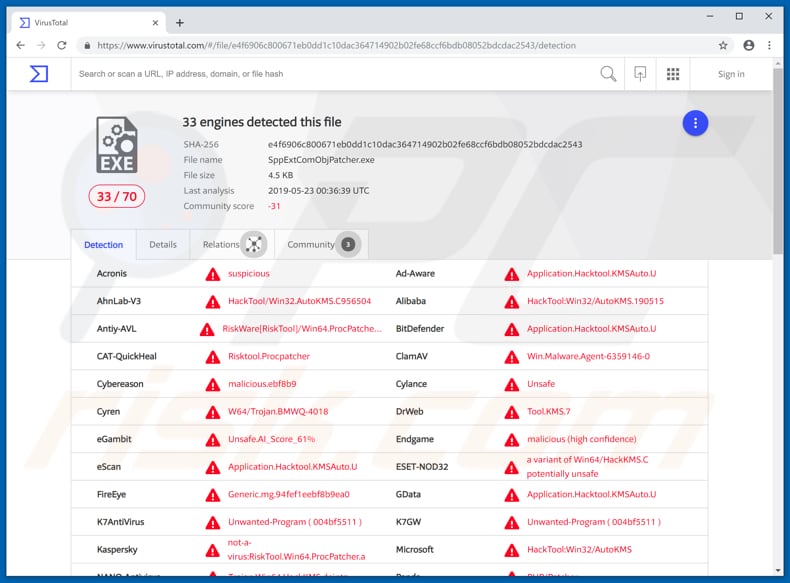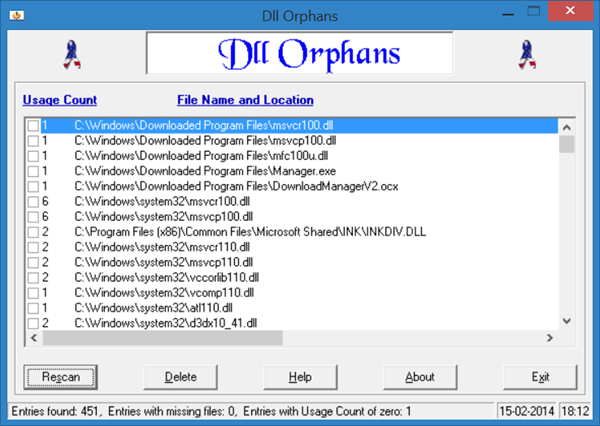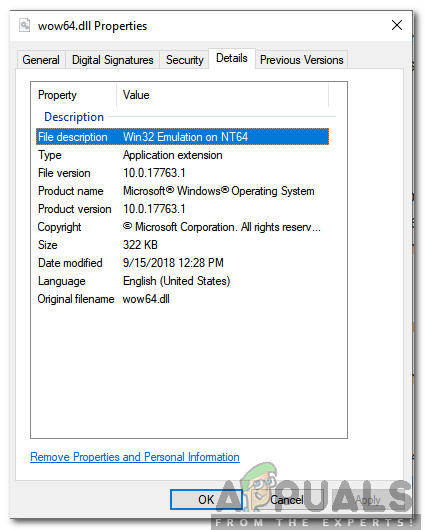Be careful! Full path on computer: %WINDIR%SYSTEM32EPMLS64.DLL
What is PMLS64.DLL?
PMLS64.DLL is reported and classified as malicious program (malware).
PMLS64.DLL actively resists detection and employs a number of techniques to ensure that you cannot remove PMLS64.DLL from infected computers.

OldNewExplorer64.dll was still in use even after a diagnostic startup, this time by Windows Explorer. It was here that I got stuck, as it seems impossible to delete a file without Windows Explorer. If anybody here knows how I can delete OldNewExplorer64.dll in this situation, I would of course much appreciate being instructed on how to do so.
- Use Windows search to find and remove 'PMLS64.DLL' files and folders. Run services.msc to disable a 'PMLS64.DLL' Windows service. Execute taskschd.msc to get rid of 'PMLS64.DLL' scheduled tasks. Open regedit.exe and delete PMLS64.DLL registry keys and values. Check your shortcuts on your desktop and in the Start menu for PMLS64.DLL presence.
- Then from main window select 'Process Manager' item. Wait for few seconds, then after the process list appears scroll down to find aswamsi.dll file you want to delete or stop. Click the aswamsi.dll process file then click the right mouse button then from the list select 'Add to the block list'. This will prevent this process to run.
- As mentioned, it is possible to delete DLL files. This can be done manually. However, the user runs the risk of disabling the system. For this reason, today we will use a tool that allows you to select the files that are no longer needed.
Will you remove it?
People say
How PMLS64.DLL got on your computer?
Phishing is the most common way for malware to infect computers.
It could be a fake email message that appears to be originated from Microsoft Customer Service, eBay, PayPal, Amazon, or even your bank or insurance company.
Fake emails that appear to come from the police, the FBI and other government entities were also reported.
PMLS64.DLL could also infect your computer by exploiting a security vulnerability of your Web browser or one of its plugins.
If this is the case, PMLS64.DLL would be injected into a Web page, and could get to your PC when you visited a malicious or hacked Web site.
PMLS64.DLL can be distributed with legitimate software that is repackaged by the scammers.
It could be downloaded from warez Web sites or download archives.
How do you know you have PMLS64.DLL on my computer?
PMLS64.DLL works in background. It does not appear as a window, does not have a shortcut.
PMLS64.DLL hides its existence from your eyes.
How to remove PMLS64.DLL?
It may not be easy!
Be careful!
Make a full backup of your PC before starting.
Removal guide for PMLS64.DLL:


- Uninstall PMLS64.DLL using Windows uninstallation applet (use Add/Remove Programs or Uninstall Program or Apps & features).
- Open Task Manager to kill all 'PMLS64.DLL' related processes.
- Use Windows search to find and remove 'PMLS64.DLL' files and folders.
- Run services.msc to disable a 'PMLS64.DLL' Windows service.
- Execute taskschd.msc to get rid of 'PMLS64.DLL' scheduled tasks.
- Open regedit.exe and delete PMLS64.DLL registry keys and values.
- Check your shortcuts on your desktop and in the Start menu for PMLS64.DLL presence. Fix infected shortcuts.
- Remove a virus from Google Chrome.
- Remove a virus from Internet Explorer.
- Remove a virus from Mozilla Firefox.
- Clean your Recycle bin and temporary files.
STEP 1: Download UnHackMe for free
UnHackMe removes Adware/Spyware/Unwanted Programs/Browser Hijackers/Search Redirectors from your PC easily. UnHackMe is compatible with most antivirus software.
UnHackMe is 100% CLEAN, which means it does not contain any form of malware, including adware, spyware, viruses, trojans and backdoors. VirusTotal (0/56).
System Requirements: Windows 2000-Windows 8.1/10 32 or 64-bit. UnHackMe uses minimum of computer resources.

STEP 2: Double click on UnHackMe_setup.exe
You will see a confirmation screen with verified publisher: Greatis Software.Once UnHackMe has installed the first Scan will start automatically
STEP 3: Carefully review the detected threats!
Click Remove button or False Positive.Enjoy!
You need to be a registered member to rate this. Loading...
Thank you for theme by IdeaBox Credits: Thank you to www.icons8.com for Icons and Images
A DLL file is an indispensable part of many applications developed for Windows. Within a DLL, there is an executable code that lets a software work correctly, either in its entirety or partially. DLL stands for Dynamic Library Link.
How To Delete Dll Files
Removing certain DLLs can have disastrous results. Therefore, before doing anything, you must be sure that the DLL files you are going to delete are no longer necessary. Otherwise, the operating system could stop working, in the worst case, completely. On the other hand, removing DLL files that are no longer used can be beneficial to the performance and health of your computer. The latter are usually residues of programs you have already removed. For this last task, we recommend the DLL Archive.
This tool is responsible for locating all the DLLs on your computer, determining which ones are no longer needed, extracting them, and archiving them in a folder. After its simple installation, just run it and click on Configuration.
Configure the searchThen, enable the Only display 0-hits option. You must set it to Enabled.
 Search only for orphan DLLs
Search only for orphan DLLsNow, start the DLL file search with the Search button.
Start searchingWait for the hard disk scan to finish. When it is finished, you will see a complete list of all the orphaned DLL files. Simply click on Archive all to archive them permanently.
Remove all the DLLsYou must check that, in the list, only those unnecessary DLLs are shown, marked with a 0 in the Hits section. Otherwise, you may end up archiving important DLLs. The copy of all your unused DLLs is located in C:WindowsDLLArchive.
Delete Dll Files Windows 10
Once you have all the unnecessary DLLs isolated, restart your computer and check that everything works correctly. If this is the case, it means that the library extraction has been performed satisfactorily. In that case, you can delete the DLL Archive folder permanently. If something has gone wrong, go to the same folder and open the text file filelist.txt to check the original path of each DLL. This way, you can restore them if necessary.